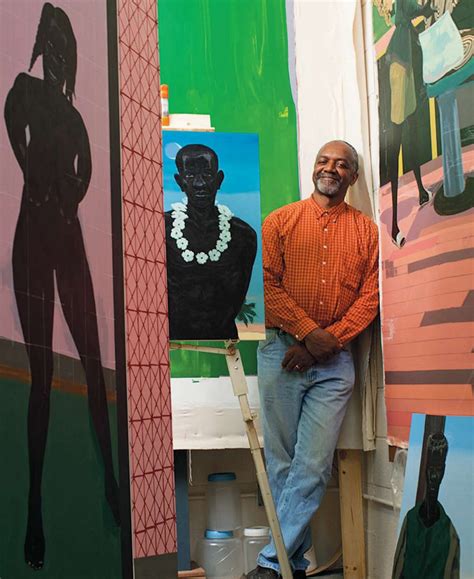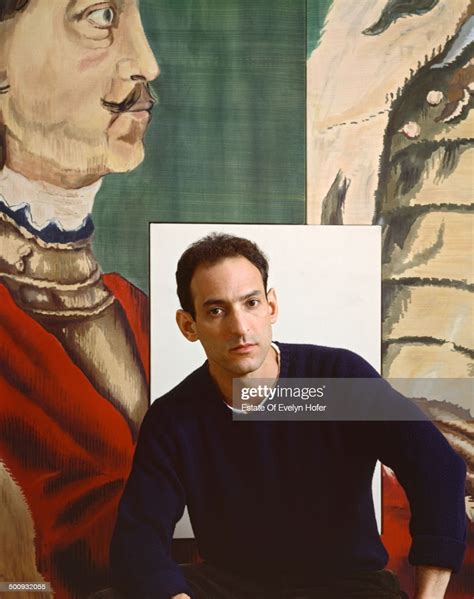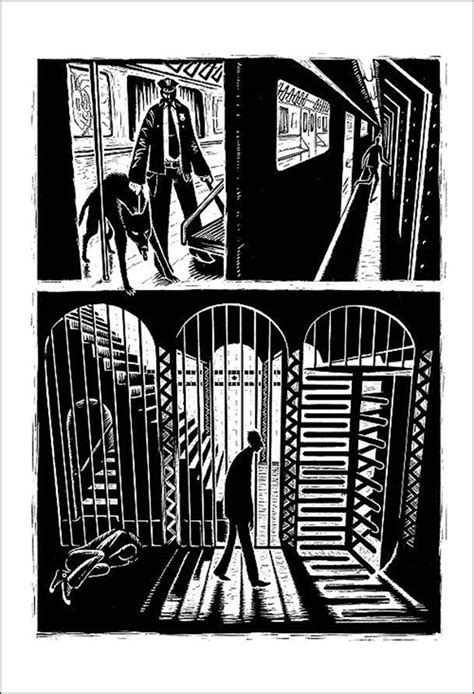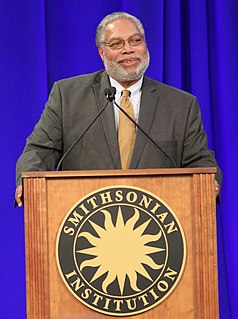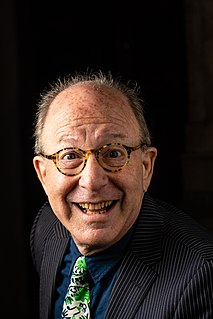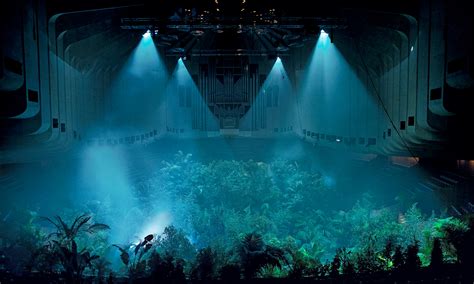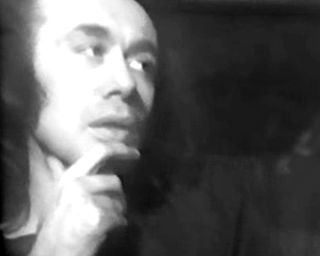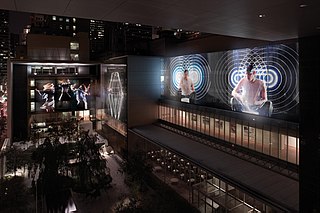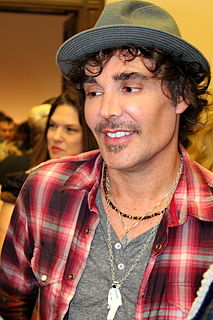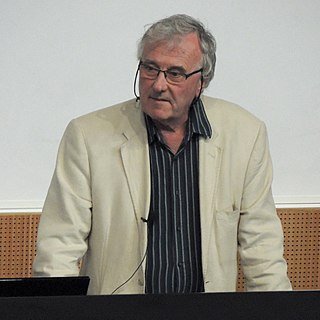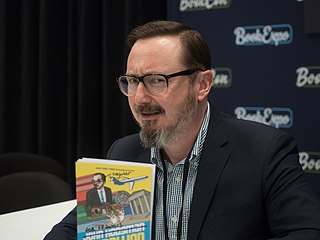A Quote by Kerry James Marshall
The moment you introduce difference into a museum, then the privileged space is contested, and under the most ideal circumstances what all artists want is the chance to be competitive. That's what I think the museum is supposed to be.
Related Quotes
The museum in D.C. is really a narrative museum - the nature of a people and how you represent that story. Whereas the Studio Museum is really a contemporary art museum that happens to be about the diaspora and a particular body of contemporary artists ignored by the mainstream. The Studio Museum has championed that and brought into the mainstream. So the museums are like brothers, but different.
Really it becomes a question of architecture. How do you move people through a space and allow them to have an experience? I, probably more than most people, suffer from museum fatigue. I always want to just stay still or sit in a chair and look at one thing, but that's not the experience of the museum.
What's that Regina Spektor song? Museums are like mausoleums. Having your work in a museum is something we as artists aspire to, but I don't think that's something we need to worry about while we're alive. Typically your work will end up in a museum after you're dead. And maybe that's the function of a museum. It's an archive of your work after you're dead. But while we're alive, I like to see it in places where it's connected to day-to-day life and making a difference.
The place has had a super-conflicted relationship to its mission. In 1956, it opened as the Museum of Contemporary Crafts. Then in 1986 it had a midlife crisis and changed its name to the American Craft Museum. Then in 2002 the name changed again, this time to the Museum of Arts and Design. Maybe in 2025 the place will be called the Designatorium. The big problem with a museum of craft and design is that all art has craft and design.
I was in a group show at a museum in Torino, a lot of American artists installed in a floor of this museum. Another floor of the museum houses the most refined collection of arte povera in the world, which is perfectly selected and perfectly installed. I remember being struck by the contrast between the Italian works and the American. I would say the hallmarks of the Italian style are a poetical connection to nature and to materiality, materials, and exquisite taste. On contrast, the American work was essentially a bunch of bad-tempered, complaining kids.
I had the chance to play with a ghost of the museum. The function and the institution are gone - it's closed - but there is still the building. I was looking for something between an experiment and an extended ritual. I asked 15 actors to be in this museum and take the position of the museum's personnel. I put this small group under certain conditions and influences, interpreted by another group of actors or by real professional performers, like a magician, a psychic, a model, a hypnotist, a singer, a psycho-dramaturge.
I think about museums often. There are things that I want museums to do that they often don't. For me, I like it when there's a system within the museum that can continuously change - whether it's a museum that is nomadic or one that's designed so the building can shape-shift. I like restless spaces, and I want to be engaged.
I wonder if we are seeing a return to the object in the science-based museum. Since any visitor can go to a film like Jurassic Park and see dinosaurs reawakened more graphically than any museum could emulate, maybe a museum should be the place to have an encounter with the bony truth. Maybe some children have overdosed on simulations on their computers at home and just want to see something solid--a fact of life.
My education in the arts began at the Cleveland Museum of Art. As a Cleveland child, I visited the museum's halls and corridors, gallery spaces and shows, over and over. For me, the Cleveland Museum was a school of my very own - the place where my eyes opened, my tastes developed, my ideas about beauty and creativity grew.
